How do tires wear out on the road? Is it from the stop-and-go driving that's done around the city? Or do they wear out faster by driving at high speeds on the highway? If you've ever wanted to know the answer to these questions, you're in luck, because we've researched tires from a number of professional sources to bring you the answer.
All things considered, tires will wear out slower on the highway than they will by driving through town. Highway driving typically involves less braking as opposed to city driving. Braking and acceleration will lead to faster tire wear.
Now that we know that your tires won't wear out faster on the highway, we'll take a closer look at what impacts the lifespan of your tires. You might also be wondering how speed might affect your tires or if front tires will wear out quicker than rear ones. For the answers to these questions and more, read ahead in this post to see what our research has uncovered.
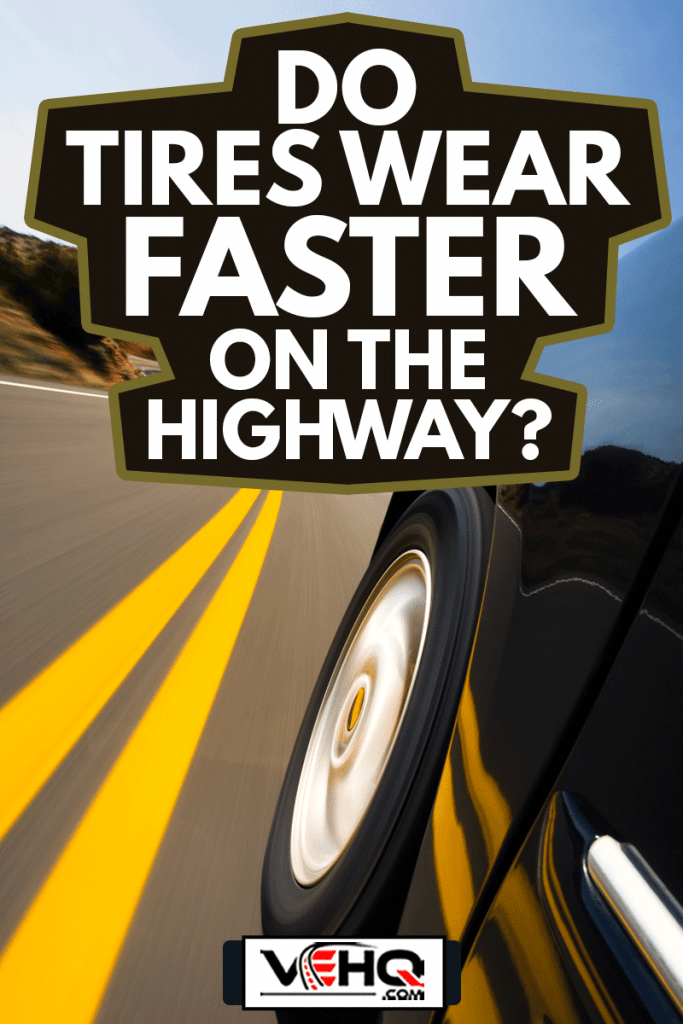
Why highway driving is better for tires
In theory, highways are a lot better maintained than roads within a city. The smooth highway pavement lends a perfect surface for tires to rotate at high speeds. There are numerous potholes, bumps, and other roadway obstacles within a city that will harm your tires.
On highways, you're generally traveling at the same speed until you need to exit. There's a minimal amount of braking, and unless there's an accident, there's rarely any stopping. The constant movement means that the tires won't wear from sudden braking.
In town, however, you might be braking or stopping every few blocks. This type of driving will cause faster wear on the tires' treads and reduce their useful life.
What causes tires to wear faster?
Tires are impacted the most by three factors. Let's examine all three so that you know what to do and not to do to make your tires last as long as possible.
Keep your tires properly inflated
Driving on tires that aren't inflated correctly is the number one reason for premature tire wear and tire failure.
To avoid this, it's important to be aware of what psi your tires need to be inflated to. Once you're aware, you'll want to check the pressure of all of your tires regularly.
Professionals recommend checking tire pressure every time you fill your tank with gas. This is convenient, as there is almost always an air hose nearby to inflate your tires, if necessary.
Click here for a tire pressure gauge on Amazon.
But don't rely on the pressure gauge at the service station. Pressure gauges that are affixed to air hoses are notoriously out of calibration. It's best to purchase a quality pressure gauge of your own and keep it in your glove compartment or trunk.
Rotate your tires regularly
Tires will wear unevenly from front to back. This is why it's important to have your tires rotated at regular intervals throughout the year. Experts will recommend that this be done every 5,000 miles.
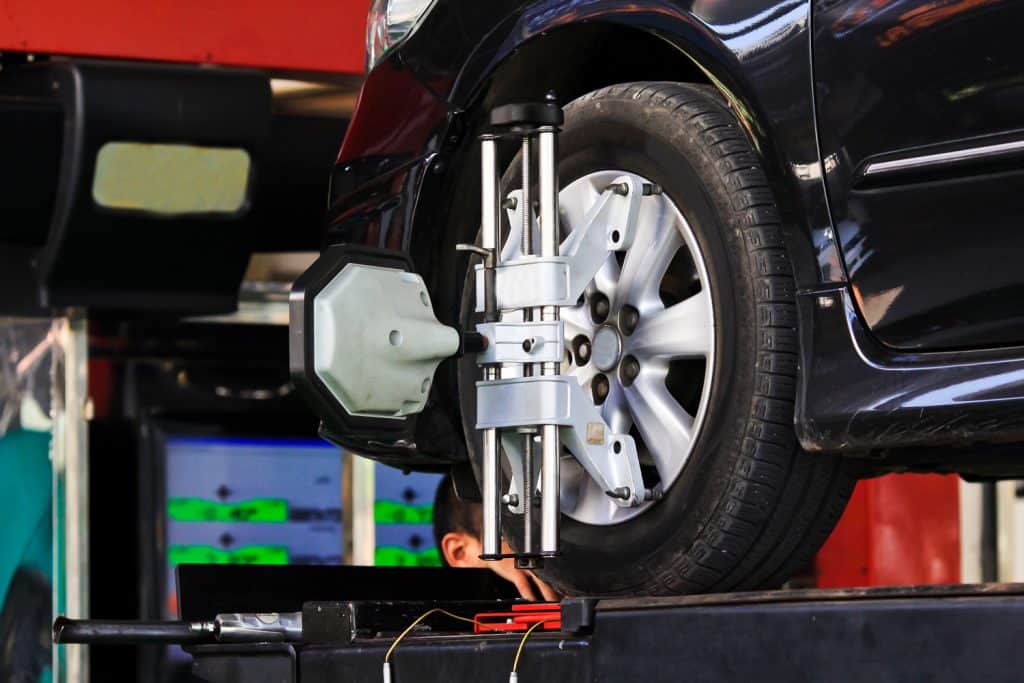
Drive safely
How you drive is also going to impact the useful life of your vehicle's tires. Stop and go driving, skidding into stops, and not avoiding potholes will certainly cause damage to the tires.
Be aware and conscientious of your environment, and do your best to avoid driving practices and objects that might cause your tires to prematurely wear out.
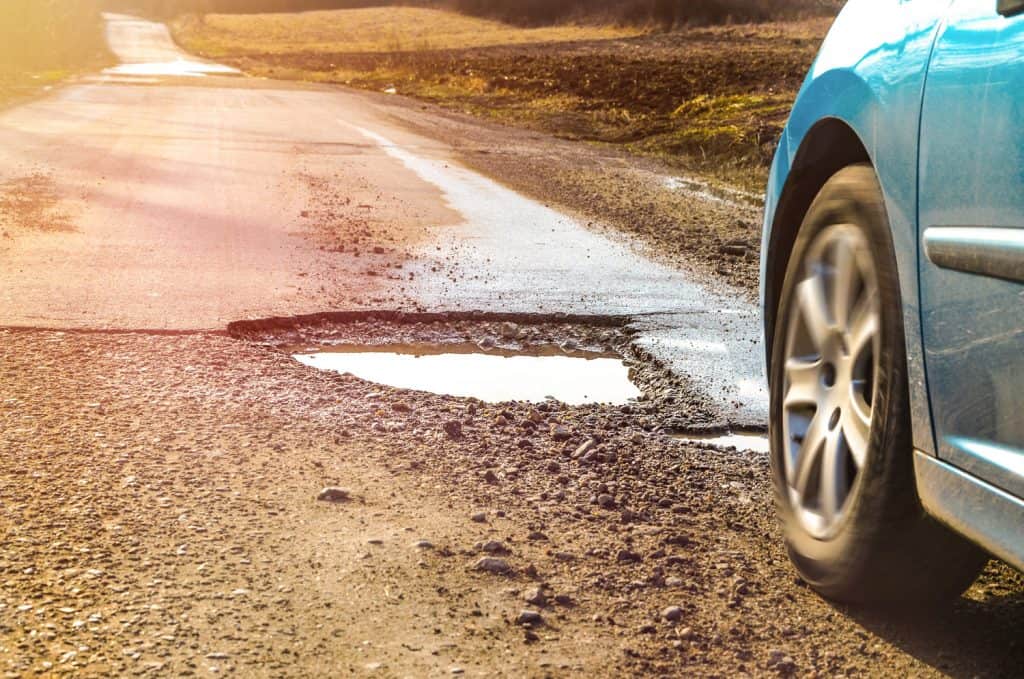
Which tires wear faster, front or back?
As we pointed out earlier in this post, rotating your tires will prolong their useful life. This is because tires will wear unevenly from front to back. Whether your front tires wear out quicker than your rear ones will depend on the type of vehicle you are driving.
Rear-wheel drive vehicles tend to wear out their rear tires faster. This is because the drivetrain exerts more force and pressure on the rear tires, which makes them work harder.
Front-wheel drive vehicles are the opposite. The drivetrain, coupled with the front wheels being steered, impacts the treads on the front tires more in this configuration.
Finally, if your vehicle is an all-wheel drive, you will notice your front tires wearing out faster.
This is because the front tires do all of the steering and the majority of the braking. But no matter what configuration your vehicle is, it's critical that you regularly rotate your tires.
How do you fix inner tire wear?
If you notice that the inner part of your tire tread is wearing faster than the outer part, you might be wondering if you can remedy this.
Unfortunately, once a tire tread has worn down, there isn't anything you can do to fix it. However, there are things you can do to prevent this from occurring.
Uneven wear on your tires is usually due to the vehicle being out of alignment. If you notice that your vehicle pulls while driving on level surfaces, this is a sign that you have an alignment issue.
Having your vehicle's alignment checked at least once a year is advised. It will prevent premature wearing on the inside of your tires and ensure that your vehicle can be driven safely.
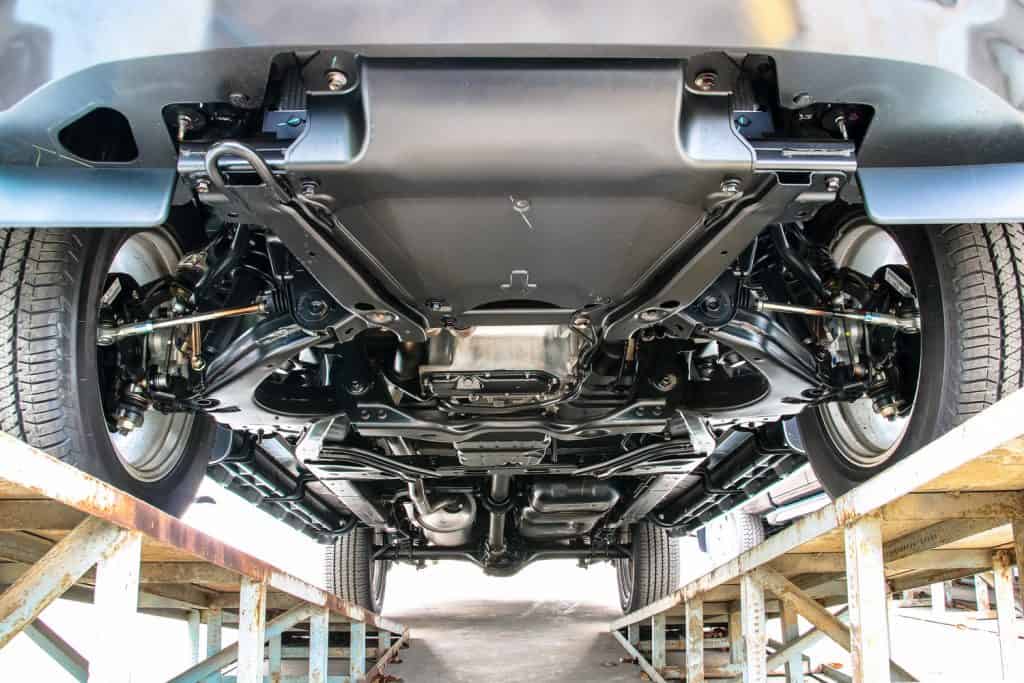
What does a feathered tire look like?
A feathered tire describes a tire that has worn unevenly. The tread ribs are worn down significantly more on one side and are noticeably dominant in the appearance of the other.
As we pointed out above, in most cases, this is the symptom of a vehicle being out of alignment. It's a quick and relatively inexpensive problem to remedy, however.
But ignoring this problem can lead to costly repairs down the road, as well as having to replace entire sets of tires.
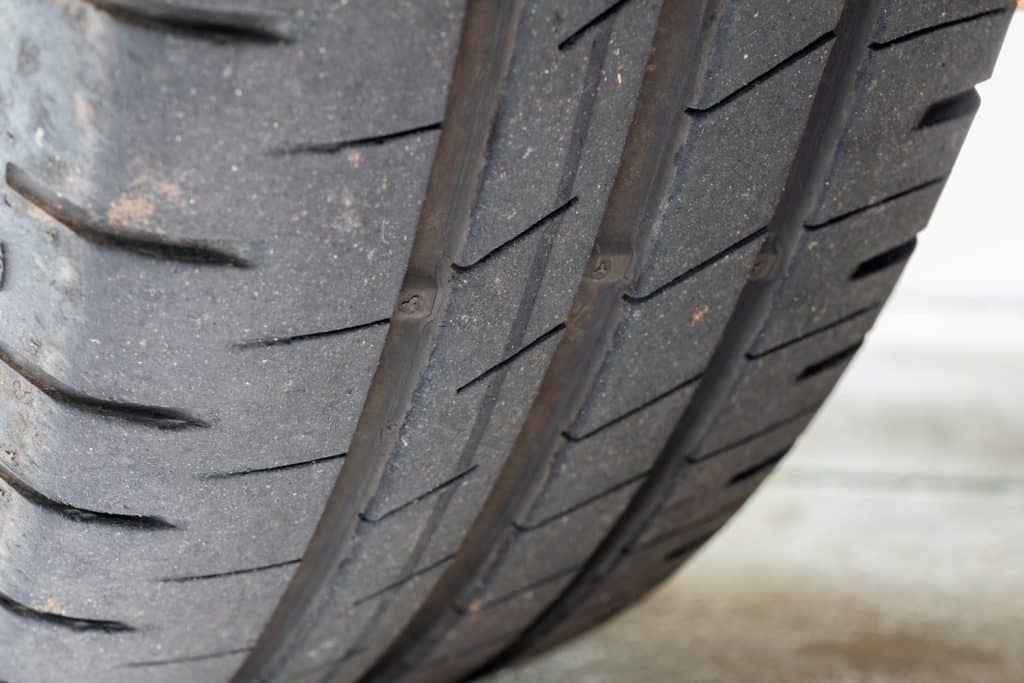
Is driving fast bad for tires?
The short answer to this question is yes. But the optimal speed you could drive a vehicle before a tire's performance is impacted is a little more complicated.
For this, we need to understand what a tire's speed rating means and how to find that rating in relation to your own tires.
The speed rating is how fast a vehicle can accelerate while at the same time getting the tire's most optimal performance.
While there are nearly two dozen different speed ratings, the most common ones are "H," "T," and "ZR." Generally, the higher up the alphabet you go, the higher the speed rating.
H speed rating
This is most commonly used for family vehicles. Mini-vans, SUVs, and commuter vehicles most often come with "H" tires. They can handle speeds of up to 130 miles per hour.
T speed rating
Another class of tires for commuter vehicles, the "T" tires, will handle speeds of up to 118 miles per hour.
ZR speed rating
Tires with "ZR" rating are best for sports cars. They can handle speeds up to 168 miles per hour.
Why is this speed rating so important? If you don't adhere to it, you run the risk of putting to much force on tires not designed to handle it. It can cause premature wearing on the treads, as well as make braking more difficult.
Improper braking will also impact the life of your tires. In short, to get the most out of your vehicle's tires, you should really pay close attention to the speed rating.
In closing

Being fully aware of the limitations of your vehicle's tires is important for financial reasons and personal safety concerns.
You can avoid many blowouts if tires are properly cared for and maintained, and you will get more for your dollar if you routinely inspect your tires and see that they are properly inflated.
While driving on the highway will wear them down slowly, it's more important to focus on your driving habits all around so that no matter where you drive, you'll be putting minimal wear on your tires.
If you found this post on automotive tires to be informative, be sure to check out these others:
Here’s Why Driving With Bald Tires Can Kill You

